Aero or climber? What should a stage of the Tour have to choose one bike or another?
During the first week of the Tour de France 2025 we have seen how both the men of UAE Team Emirates-XRG and those of Visma-Lease a Bike have systematically used the aerodynamic bicycle model of the two that are made available to them by both Colnago and Cervélo respectively. A choice that in the case of a mountain stage like the one disputed on Monday may surprise until we stop to analyze the reasons for this choice.
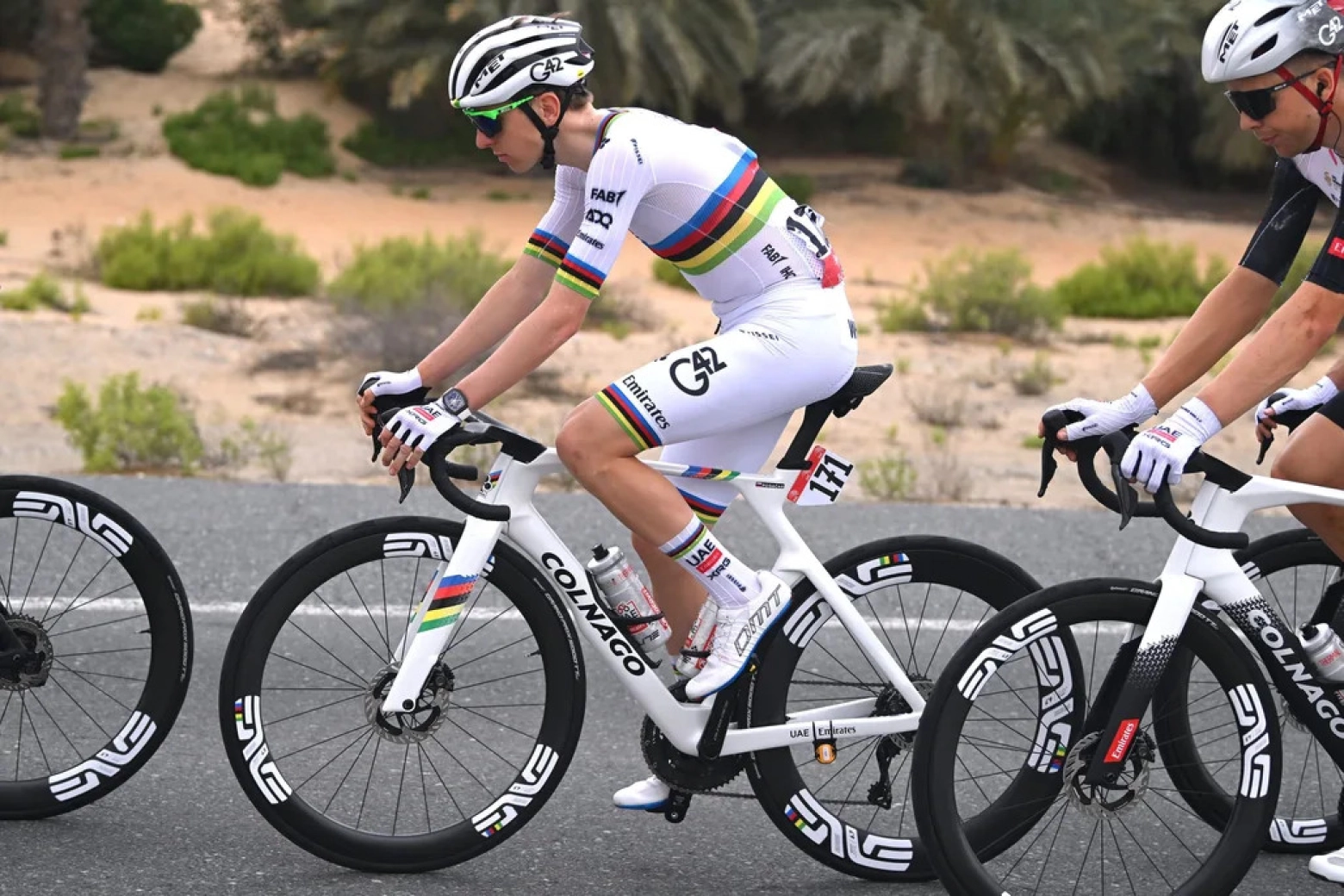
When is it better to use an aerodynamic bike or a climbing bike?
The decision of the teams of Tadej Pogacar and Jonas Vingegaard, among the few who actively use both models of bike, aerodynamic and climbing, Y1Rs and V5Rs in the case of the Colnago of UAE Team Emirates-XRG; S5 and R5 for the Cervélo of Visma-Lease a Bike, to opt for the aero models throughout the first week of the Tour de France, where they have had to face really challenging stages and even a day with more than 4,000 meters of elevation gain may surprise the majority and lead to thinking that it is purely a marketing aspect.
However, these super teams have all the parameters tremendously studied and are perfectly aware of in which terrain using one bike or another will bring more advantages. And it is that, if there is one data that all the stages disputed throughout the 10 days of competition that we have had in the Tour de France 2025 have had in common, it is the very high average speed of all of them, including the one developed by the Massif Central despite being a stage classified as a mountain stage.
RECOMENDADO
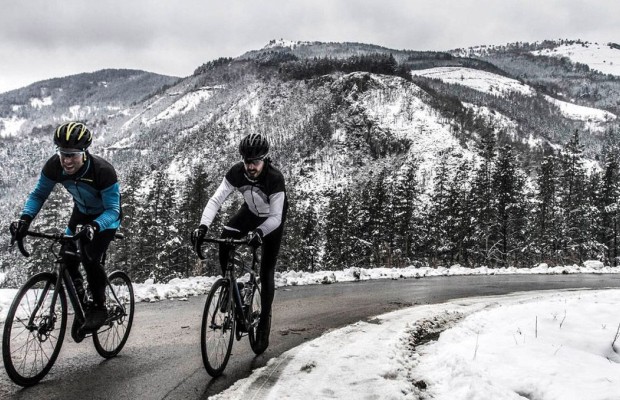
Cycling tips for the Christmas season

What would you do if you won the lottery? This cyclist bought himself a €20,000 bike
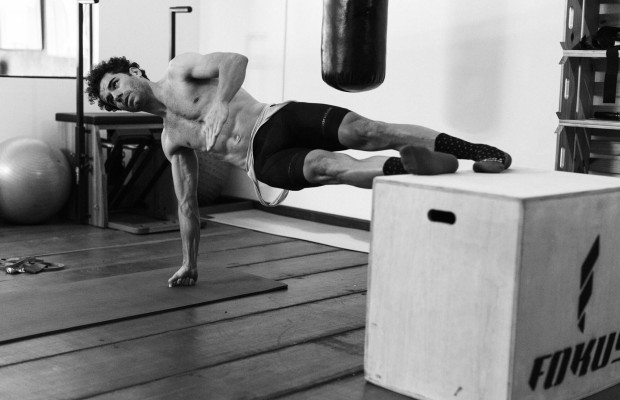
The best exercise routine to do at home
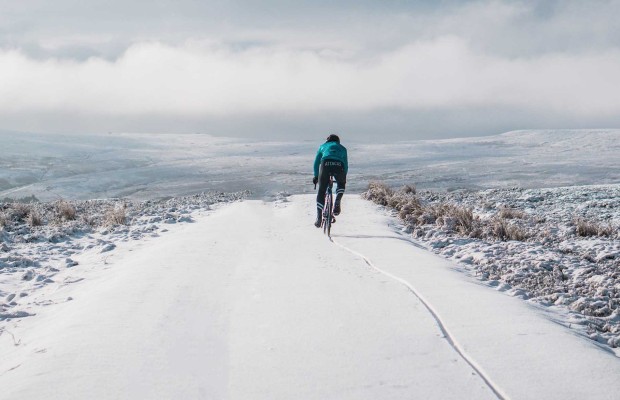
Benefits of training in the cold
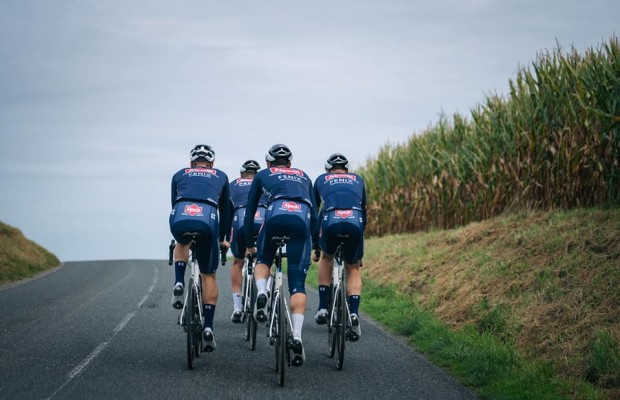
The cyclist's patience: how long, gentle training sessions build your best season
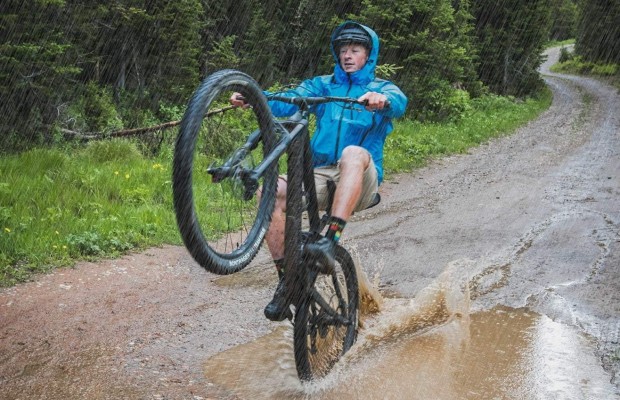
Tips for cycling in the rain
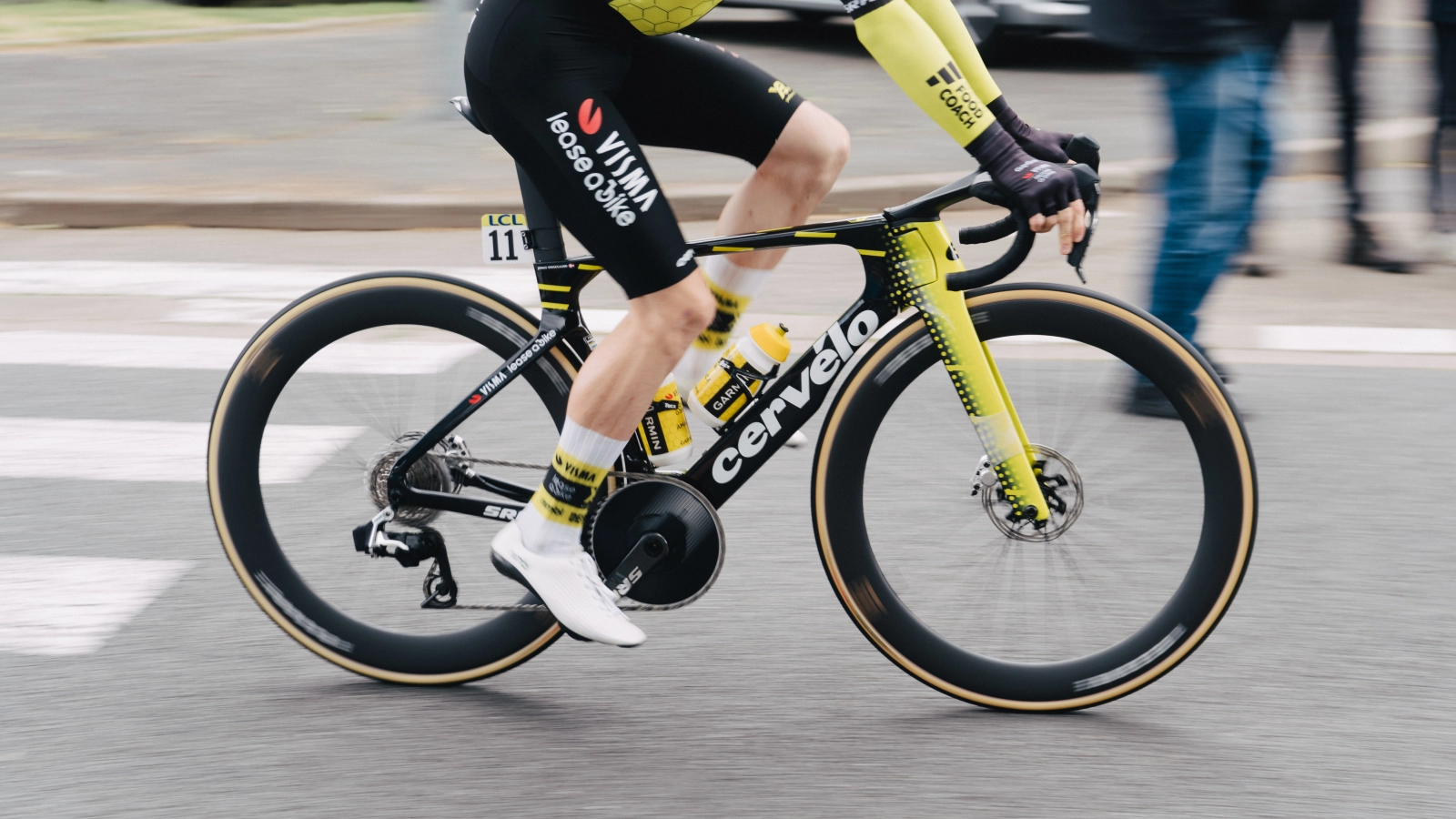
Clearly, speed and aerodynamics are highly linked concepts, remembering that in the formula used to calculate aerodynamic resistance the speed parameter is squared, that is, its effect on resistance and, therefore, on the effort that the cyclist has to make, increases exponentially. This means that the higher the speed, the greater the benefits obtained from improving aerodynamics.
By itself, this explains the use of a purely aerodynamic bike. However, the question arises: do climbing bikes make sense at the speeds at which cyclists currently pedal? And it is really a good question that not long ago brands like Trek or Specialized raised, which ended up opting to remove from their catalog, the ones from Wisconsin their climbing designation, and the ones from California their aero model to leave a single option of aerolight cut, light up to the UCI limit but almost as aerodynamic as a specific bike.
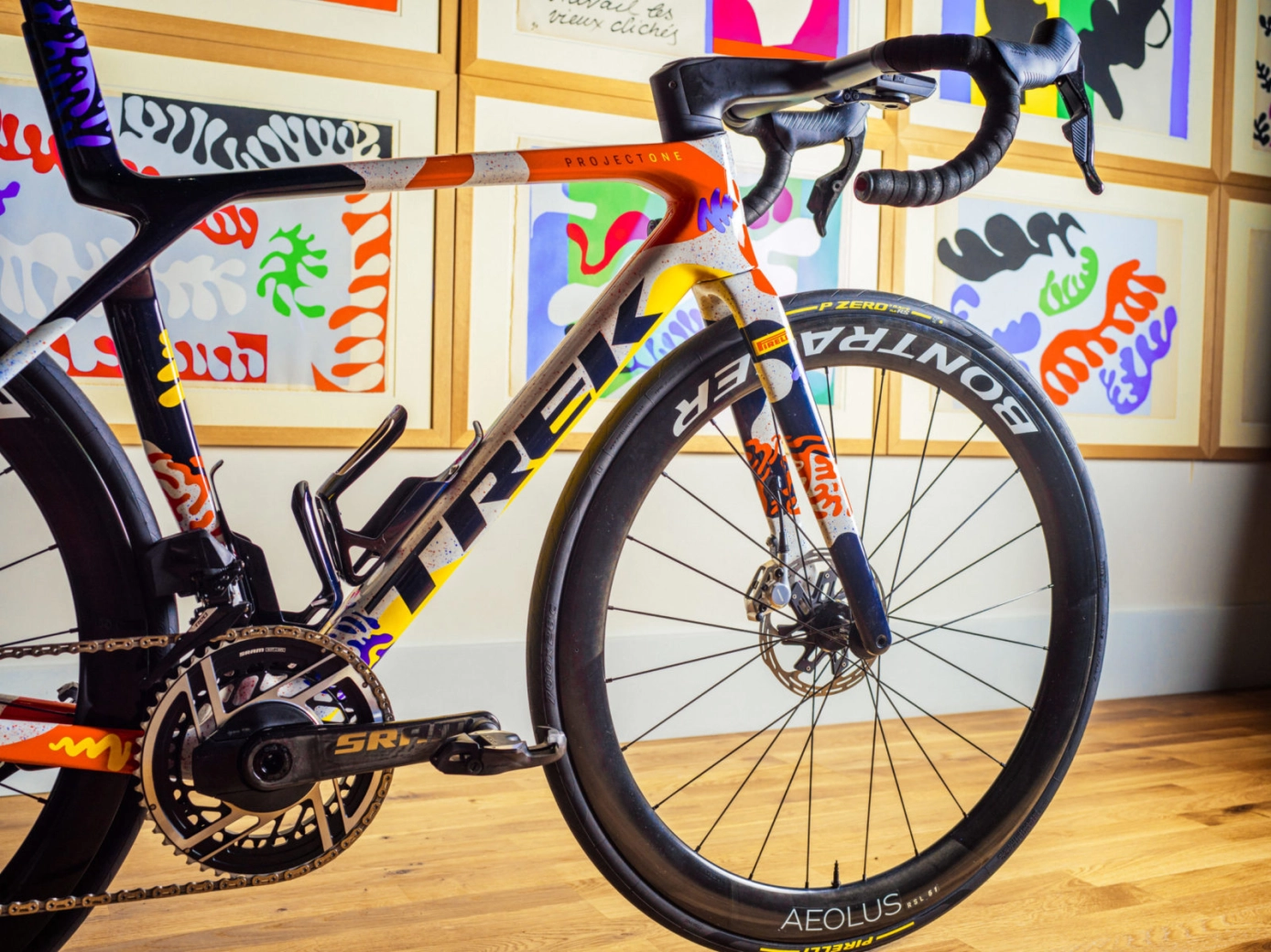
However, Colnago and Cervélo, or more recently Van Rysel, have continued to opt for specificity despite the fact that their climbing bikes also have a design that allows for a certain reduction in aerodynamic resistance. So we return to the initial question: when to choose one or the other?
To answer this question, we must take into account the main advantage that climbing bikes provide, which is their weight reduction. We must bear in mind that these bikes seek to be around the UCI's 6.8 kg weight limit. In contrast, a competition aerodynamic bike, when ready to ride, weighs between 7.2 and 7.5 kg. Let's say there is a half-kilo weight difference, which on moderate slopes barely makes a difference in watts, while the high speed at which cyclists face those slopes makes aerodynamics still an advantage. We would be talking about a figure between 6 and 7% incline, depending on the bike, weight, cyclist, and some other factors.
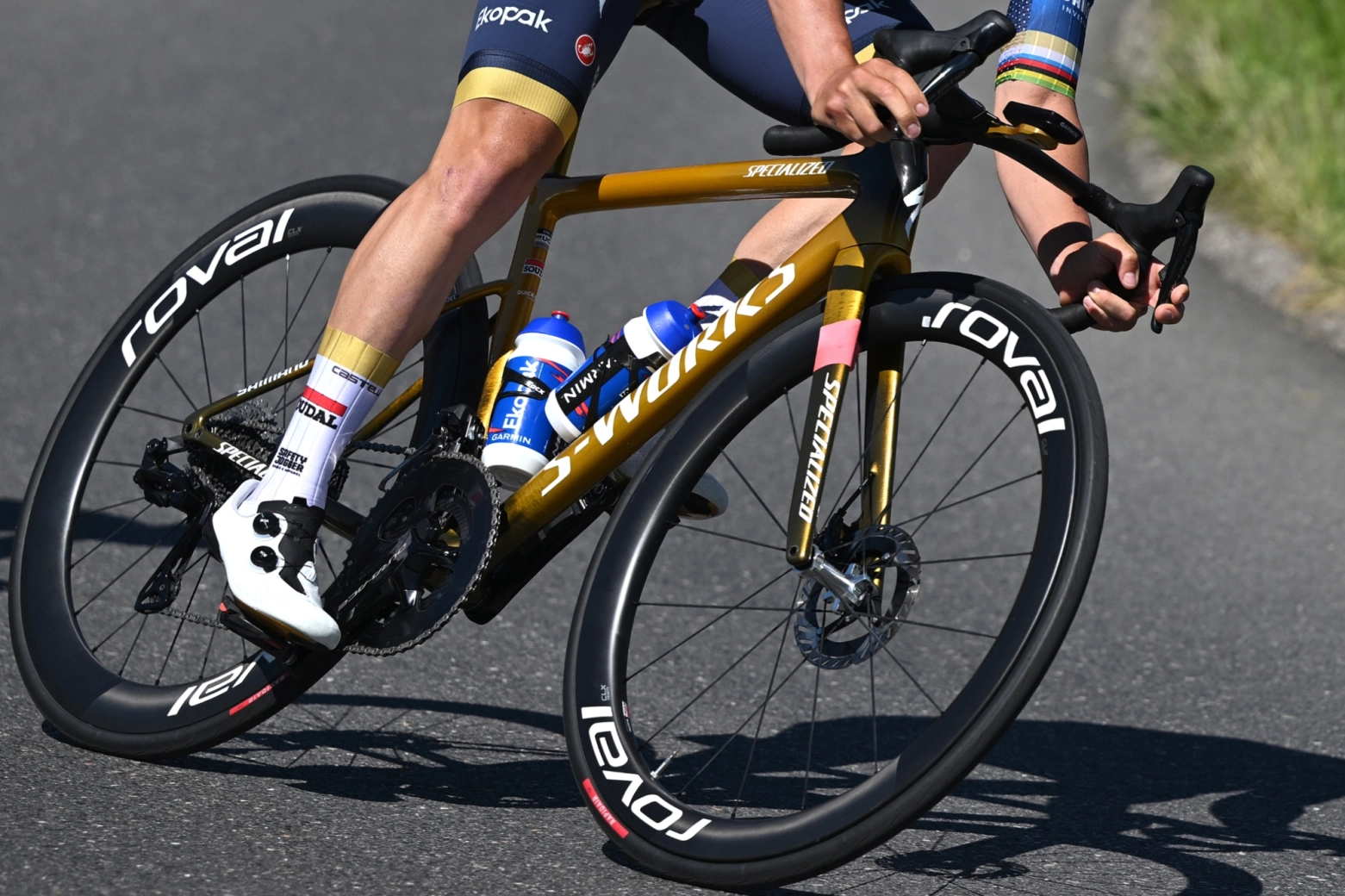
Beyond that point, and especially when double-digit slopes appear, weight becomes an important factor and the difference in watts needed to ascend at a certain speed begins to increase. A speed that, moreover, as the slope increases, decreases clearly to the point of making the aerodynamic gains of the bike almost irrelevant.
In the mountain stage of the Massif Central, the best option turned out to be the aerodynamic one since, despite the great elevation gain throughout the day, only at specific moments did the 10% slope exceed, with the ascended ports, of 2nd and 3rd category, moving around that 6-7% that marks the turning point where the aerodynamic bike stops being more efficient than the climbing one.
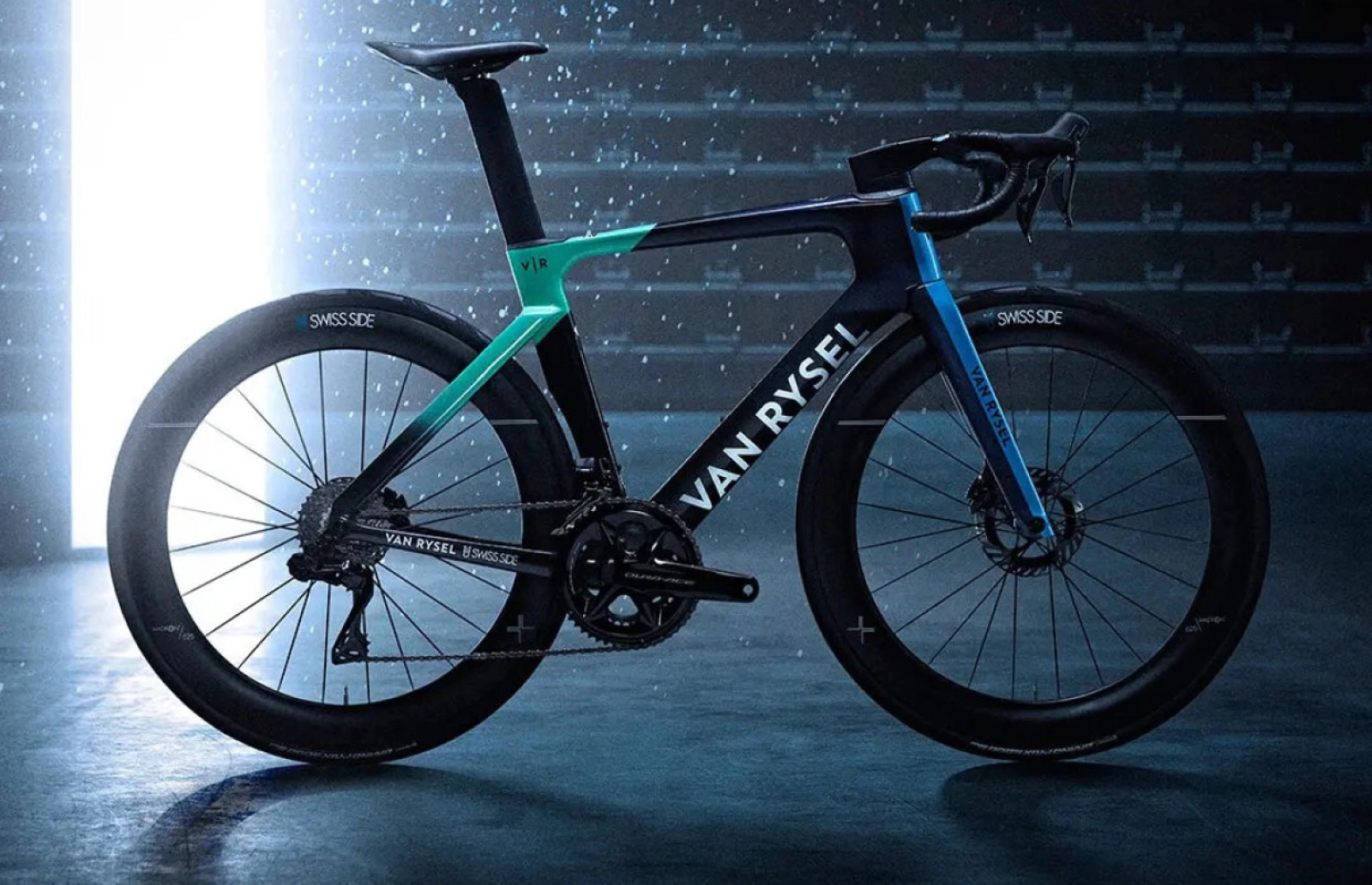
This decision that the teams make after meticulously analyzing the stages, both in the reconnaissance carried out during the year and through the use of tools such as the well-known Veloviewer that allow determining how many kilometers at what slope the cyclists have to face. In any case, the final decision also takes into account the prevailing wind that day and even the personal choice of the cyclist.